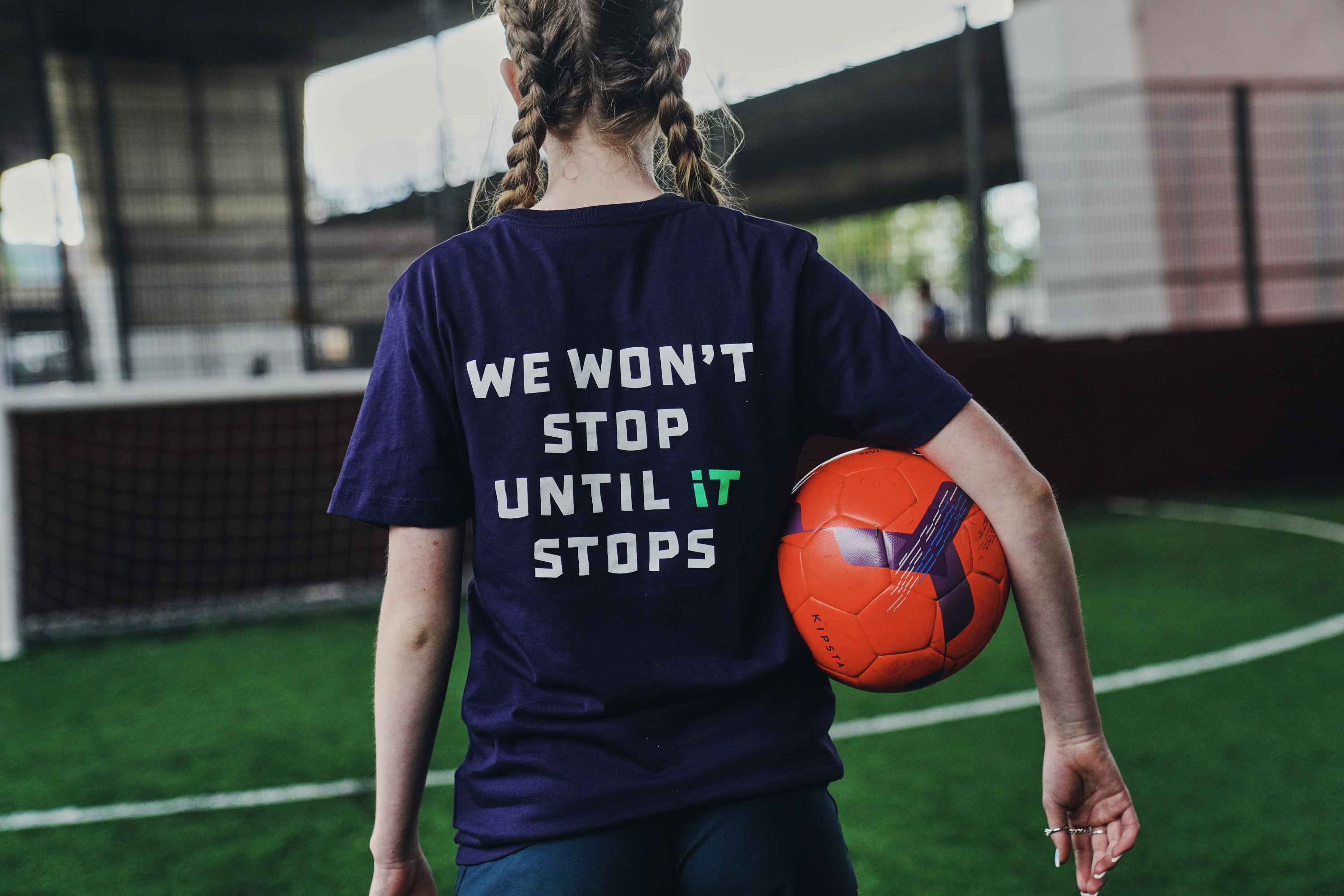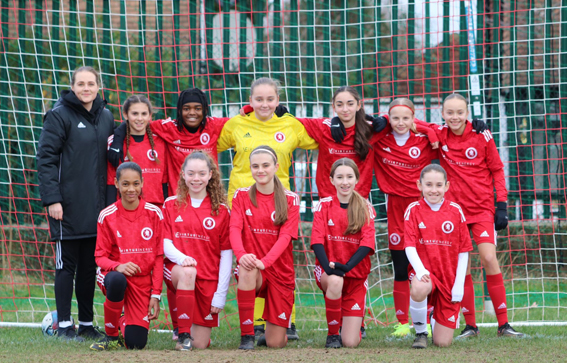With one in 12 males and one in 200 females having some form of colour blindness, it’s likely that most squads will have at least one player with the condition. That means that at a sold-out game at Wembley stadium over 5,500 spectators may be colour blind.
What are the issues that exist for people with colour blindness in sport?
Colour blindness is an important, albeit often overlooked, issue in sport from grassroots through to the highest professional level. Decisions about kit colours, equipment, TV coverage, ticketing portals and accessing information can all impact a person’s performance or spoil the enjoyment of watching sport.
Colour Blind Awareness, who created the first ever guidance for colour blindness in any sport for UEFA and the English Football Association in 2017, say there have been kit clashes is every season and at all levels of English football, right up to the recent Women’s World Cup and that they have already received reports of kit clashes at high-profile games in the 23/24 season.
Kit clashes, where both team kits appear to be the same colour, have generated mainstream attention in recent years, with fans taking to social media to raise awareness of the challenges these clashes can pose for spectators, players and officials.
But it isn’t just kit clashes that risk excluding people from sport. Coaches should bear in mind that equipment choices, such as bibs, cones and balls, can be problematic for people with colour blindness. Meanwhile in stadia, the way that wayfinding information such as venue maps and signposting are presented with a focus on colour coding to differentiate areas can also cause issues.
Colour Blind Awareness say that inaccessible ticketing portals, club or competition websites and unhelpful merchandise labelling can also have a commercial impact if colour blind fans give up without making a purchase.
Kathryn Albany-Ward, CEO of Colour Blind Awareness, said, “most people in football aren’t aware of the implications of colour blindness at all levels of the game and across all roles.
“The statistics are shocking, 8% of all men in the UK are affected meaning hundreds of thousands of fans and at least one player in every male squad, including at elite level.
“Even though only 1 in 200 women are colour blind we know of an affected player in the Women’s Super League and of many others working in the sport.”
How can football clubs become more inclusive to people with colour blindness?
Colour Blind Awareness advise that it’s important to consider kit colours when choosing both a new kit for your team and the match day kit at individual games. The more colour combinations there are in a kit, the more likely it is that kit clashes will arise.
It isn’t just choices about shirt colours that can make a difference. Short and sock colours can also play a part in making a game easier or more difficult for colour-blind people to follow.
In matches and training situations, coaches should also consider whether equipment can be ‘seen’ by colour blind players and spectators, and Colour Blind Awareness suggest referring to the FA’s Guidance for more information on how to address these issues.
What is being done to make the game more inclusive?
With approximately 5% of the population affected by colour blindness, thousands of people risk being alienated from the game if steps aren’t taken to make the sport more inclusive for people affected by colour blindness.
Progress has been made to avoid kit clashes and football organisations such as The FA, UEFA and the Premier League have taken steps to address these issues, including by revising kit regulations.
The Premier League, working closely with PGMOL, has a detailed process in place to ensure that kits selected for both teams in all fixtures are identifiably different colours and give the best possible kit combination for each match.
Premier League rules state that their Clubs must wear strips which differ visibly from one another to ensure everyone, including those with colour vision deficiency, will be able to distinguish clearly between the two teams.
Clubs are asked to prioritise the most contrasting colour choice, then consider other options including different patterns and short and sock colours.
For more information on how colour blindness can impact people involved in the game and/or what steps can be taken to become more inclusive to Colour Blind people, visit: https://www.colourblindawareness.org/
You can view the The FA/UEFA Colour Blindness in Football guidance document and for advice when selecting kit colours here.


